标签:dtd class cli unset option minutes append status bsp
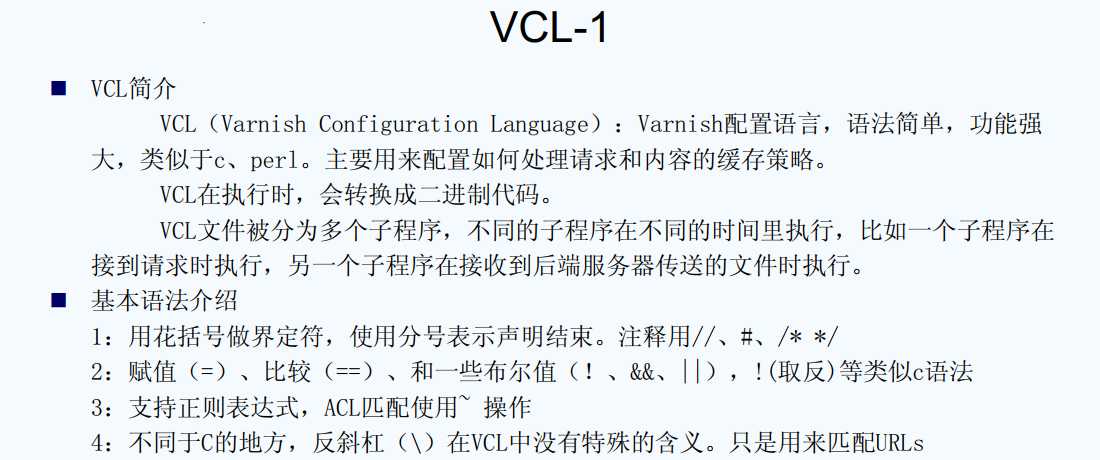

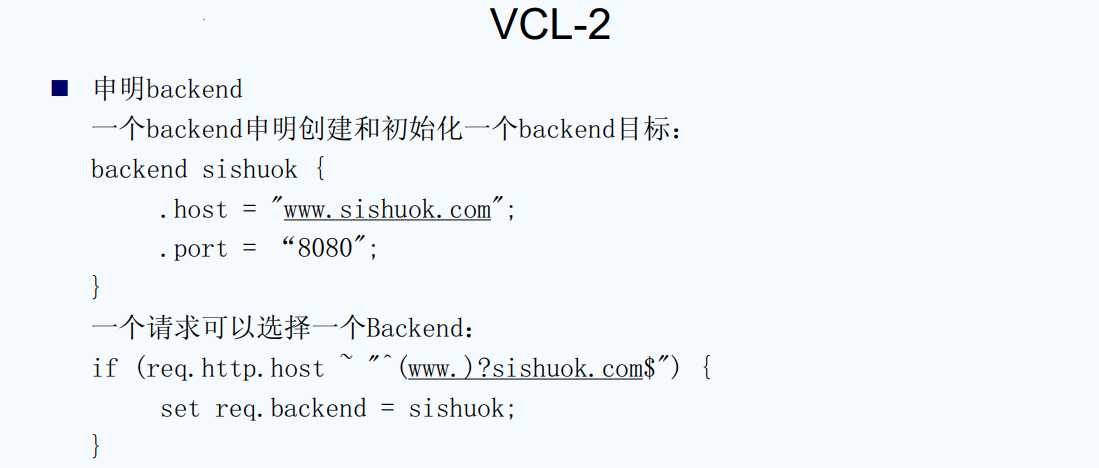

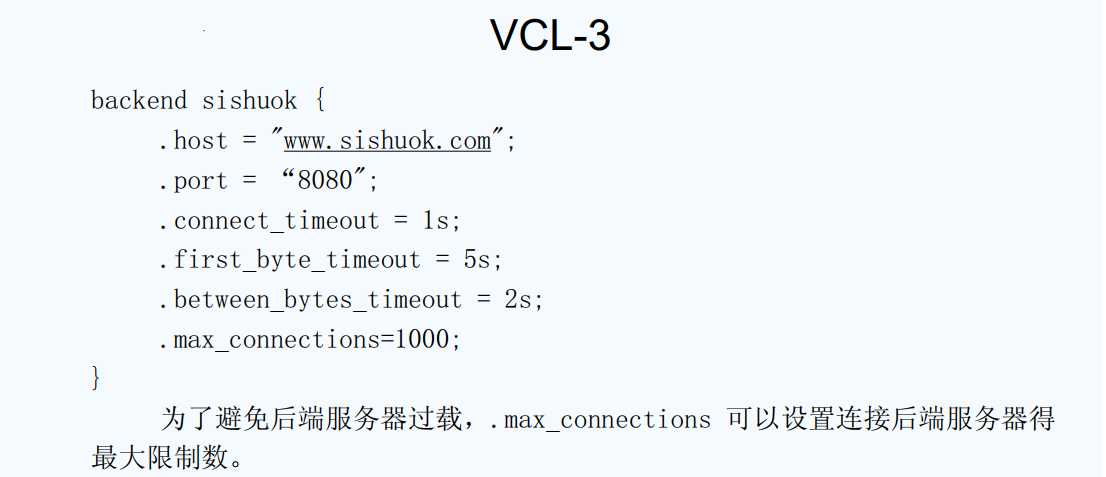

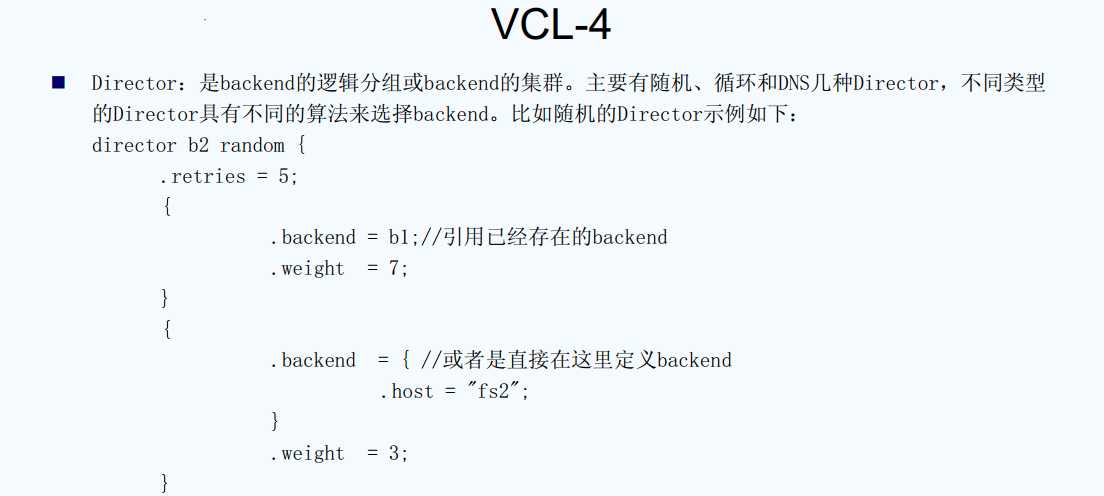

根据以上的配置增加集群,修改default.vcl
# This is a basic VCL configuration file for varnish. See the vcl(7) # man page for details on VCL syntax and semantics. # # Default backend definition. Set this to point to your content # server. # backend b1 { .host = "127.0.0.1"; .port = "8080"; .connect_timeout = 1s; .first_byte_timeout = 5s; .between_bytes_timeout = 2s; } backend b2{ .host = "127.0.0.1"; .port = "9080"; .connect_timeout = 1s; .first_byte_timeout = 5s; .between_bytes_timeout = 2s; } director d1 random{ .retries = 5; { .backend = b1; .weight = 7; } { .backend = b2; .weight = 3; } } # ac1 purgeallow { # "127.0.0.1"; # } # # Below is a commented-out copy of the default VCL logic. If you # redefine any of these subroutines, the built-in logic will be # appended to your code. sub vcl_recv { set req.backend=d1; if(req.request == "PURGE"){ # if(!client.ip ~ purgeallow){ # error 405 "not allowed."; # } return(lookup); } if(req.request == "GET" && req.url ~ "\.(jpg|png|gif|swf|flv|ico|jpeg)$"){ # set req.backend=b1; unset req.http.cookie; } if(req.request == "GET" && req.url ~ "(?!)\.jsp($|\?)"){ # set req.backend=b2; return(pass); } if (req.restarts == 0) { if (req.http.x-forwarded-for) { set req.http.X-Forwarded-For = req.http.X-Forwarded-For + ", " + client.ip; } else { set req.http.X-Forwarded-For = client.ip; } } if (req.request != "GET" && req.request != "HEAD" && req.request != "PUT" && req.request != "POST" && req.request != "TRACE" && req.request != "OPTIONS" && req.request != "DELETE") { /* Non-RFC2616 or CONNECT which is weird. */ return (pipe); } if (req.request != "GET" && req.request != "HEAD") { /* We only deal with GET and HEAD by default */ return (pass); } if (req.http.Authorization || req.http.Cookie) { /* Not cacheable by default */ return (pass); } return (lookup); } sub vcl_pipe { # # Note that only the first request to the backend will have # # X-Forwarded-For set. If you use X-Forwarded-For and want to # # have it set for all requests, make sure to have: # # set bereq.http.connection = "close"; # # here. It is not set by default as it might break some broken web # # applications, like IIS with NTLM authentication. return (pipe); } # sub vcl_pass { return (pass); } # sub vcl_hash { hash_data(req.url); if (req.http.host) { hash_data(req.http.host); } else { hash_data(server.ip); } return (hash); } # sub vcl_hit { return (deliver); } # sub vcl_miss { return (fetch); } # sub vcl_fetch { if (beresp.ttl <= 0s || beresp.http.Set-Cookie || beresp.http.Vary == "*") { # /* # * Mark as "Hit-For-Pass" for the next 2 minutes # */ set beresp.ttl = 120 s; return (hit_for_pass); } return (deliver); } # sub vcl_deliver { return (deliver); } # # sub vcl_error { # set obj.http.Content-Type = "text/html; charset=utf-8"; # set obj.http.Retry-After = "5"; # synthetic {" # <?xml version="1.0" encoding="utf-8"?> # <!DOCTYPE html PUBLIC "-//W3C//DTD XHTML 1.0 Strict//EN" # "http://www.w3.org/TR/xhtml1/DTD/xhtml1-strict.dtd"> # <html> # <head> # <title>"} + obj.status + " " + obj.response + {"</title> # </head> # <body> # <h1>Error "} + obj.status + " " + obj.response + {"</h1> # <p>"} + obj.response + {"</p> # <h3>Guru Meditation:</h3> # <p>XID: "} + req.xid + {"</p> # <hr> # <p>Varnish cache server</p> # </body> # </html> # "}; # return (deliver); # } # sub vcl_init { return (ok); } # sub vcl_fini { return (ok); }
运行测试(启动tomcat1,tomcat2)
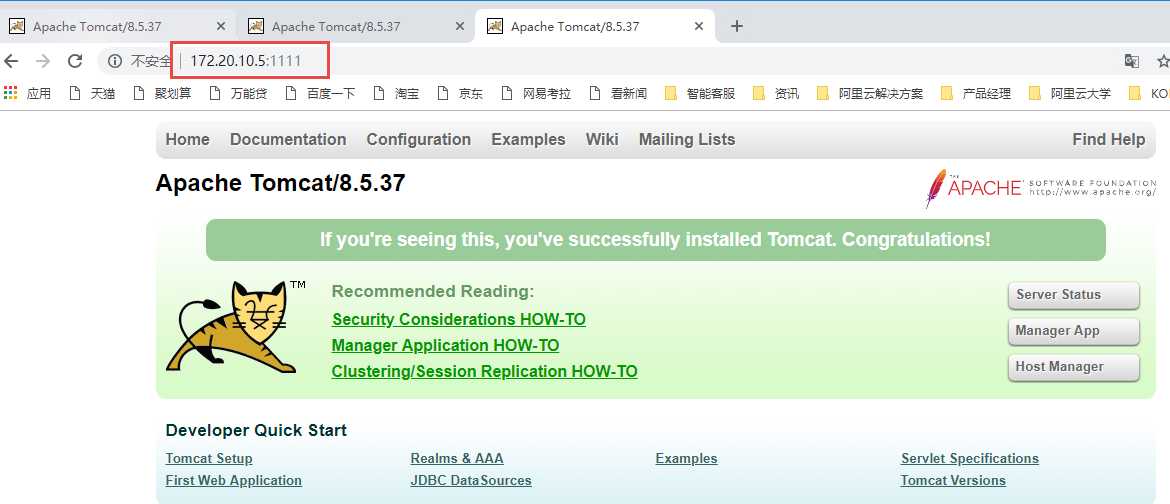
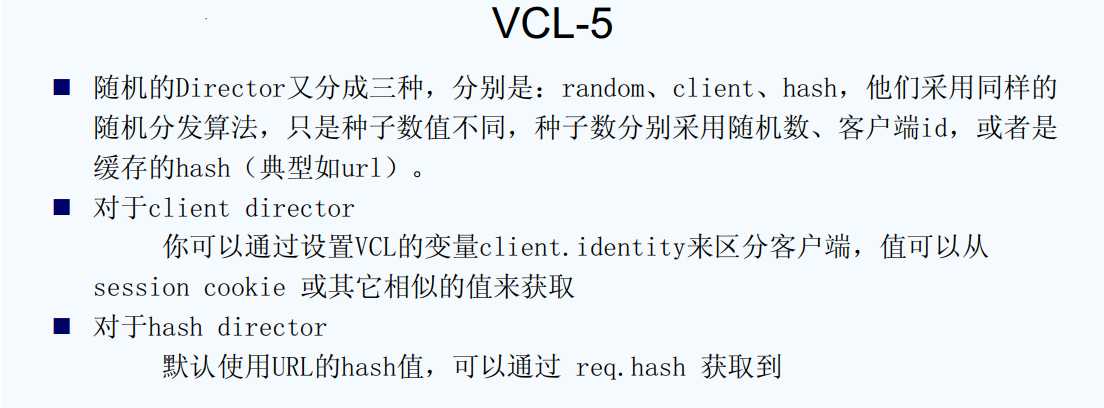

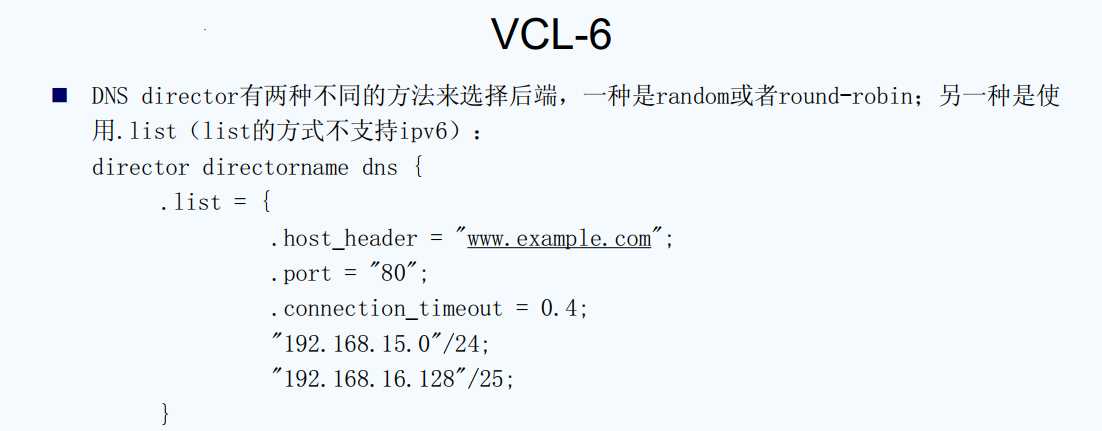

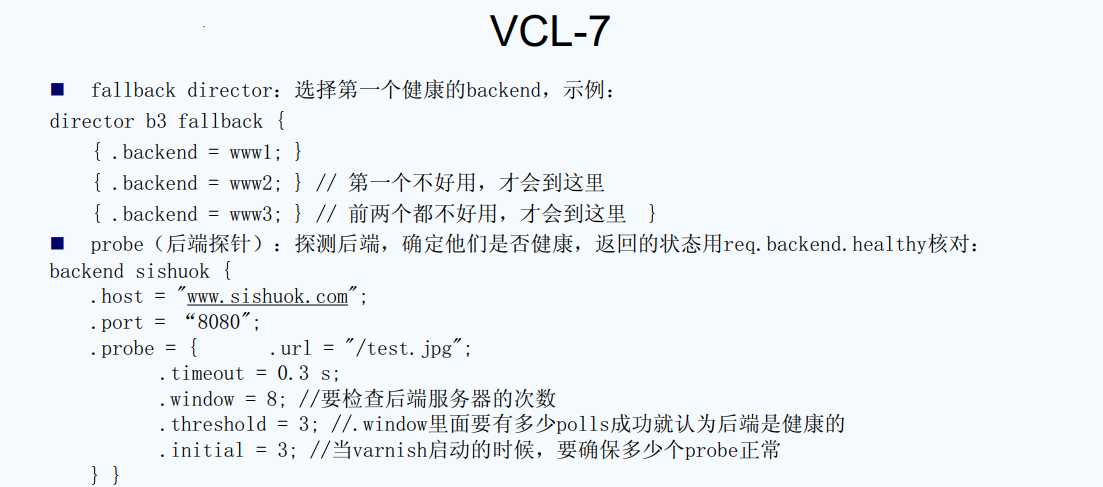

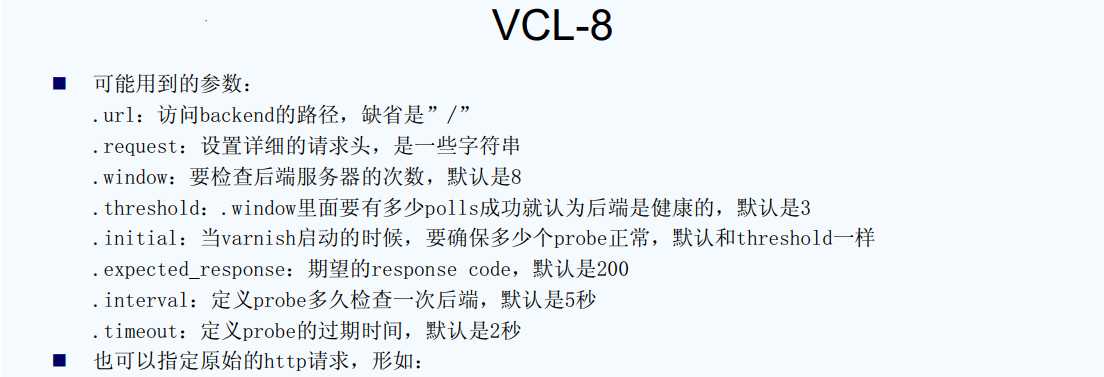

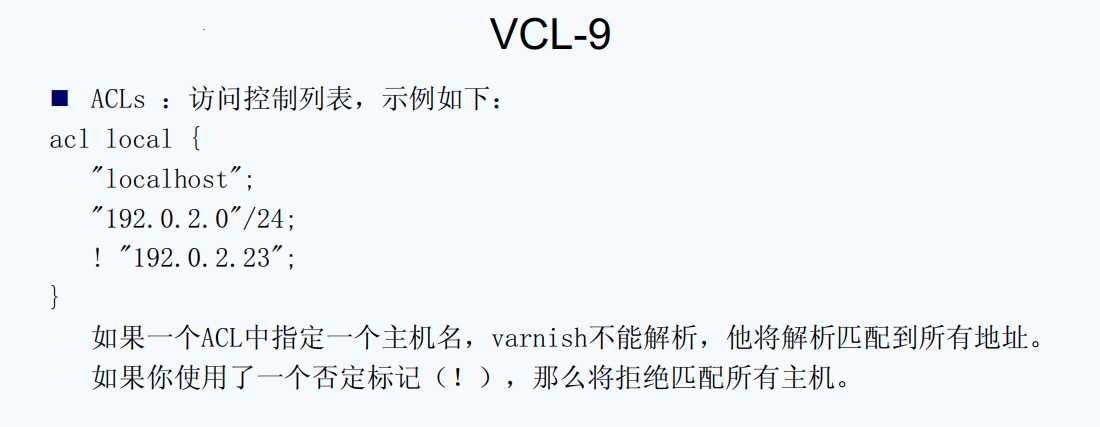

标签:dtd class cli unset option minutes append status bsp
原文地址:https://www.cnblogs.com/likevin/p/10328947.html